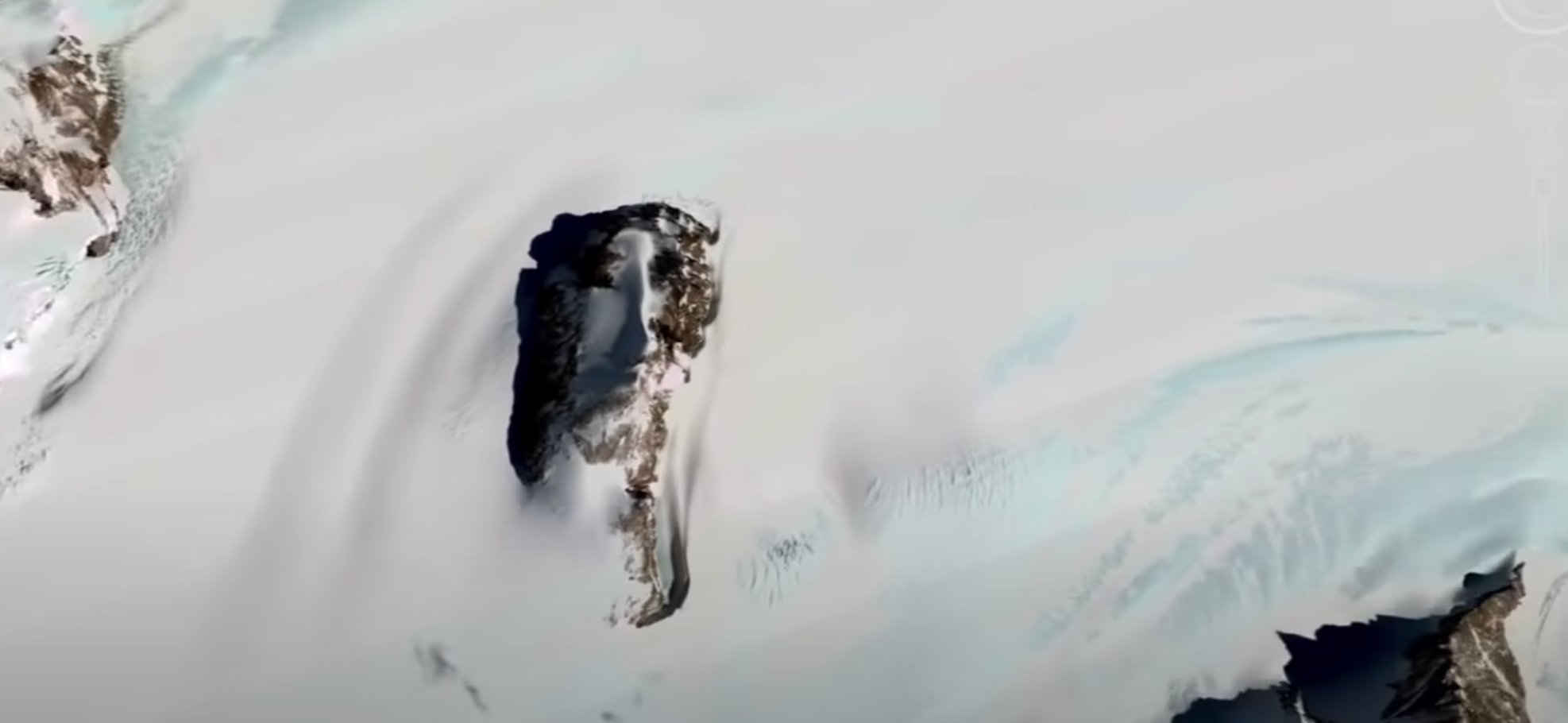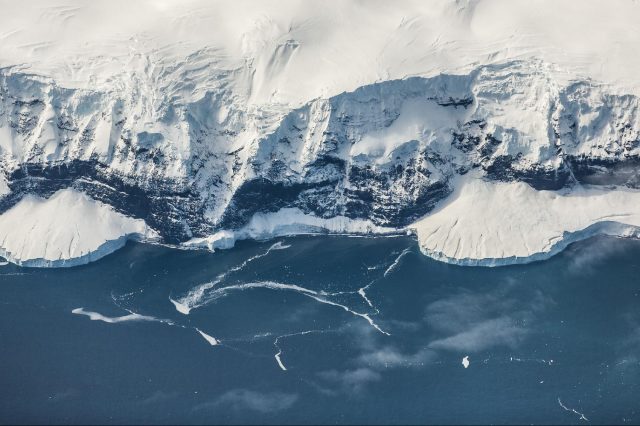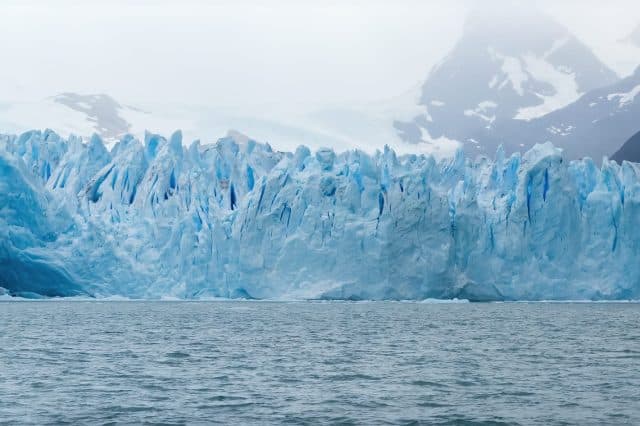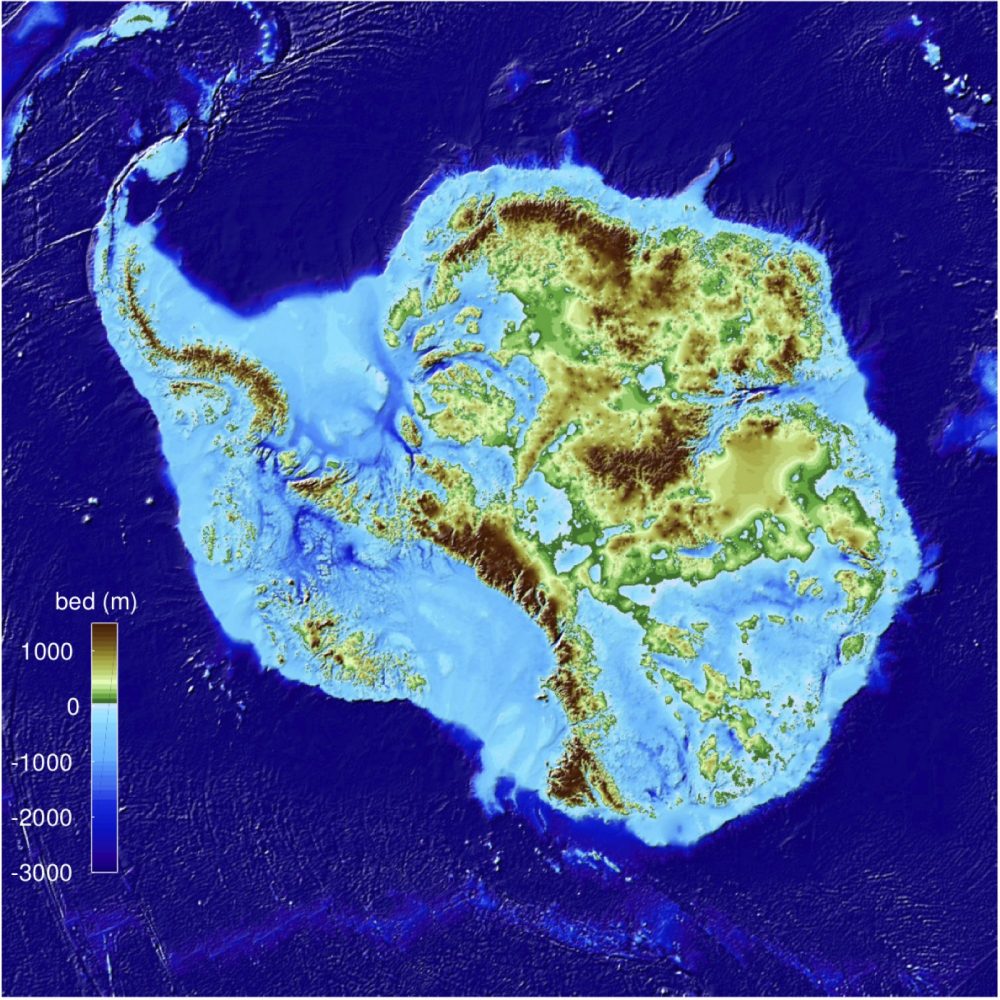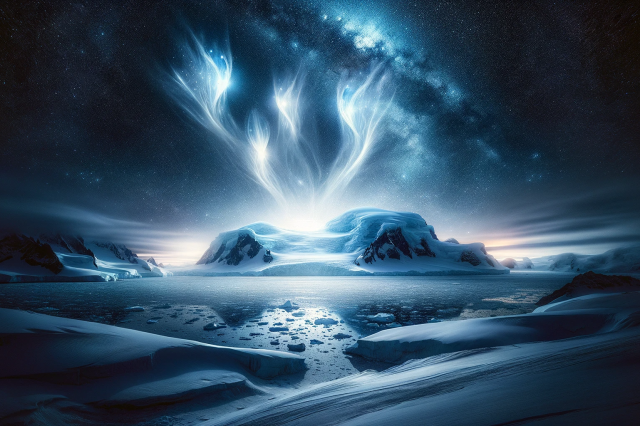An alien hunter “exploring” Antarctica in search of anomalies using Google Earth believes he has found the face of Jesus in Antarctica. What he doesn’t probably know, is that his alleged discovery is nothing other than Pareidolia, a psychological phenomenon where people perceive familiar patterns or shapes in random stimuli, such as clouds, rocks, or other visual patterns.
Although there is no credible scientific evidence to suggest that Antarctica is connected to UFOs or aliens, there have been several conspiracy theories and unverified claims linking Antarctica to extraterrestrial activity. One such theory is that there is a secret base or facility in Antarctica where governments or other organizations are conducting research on UFOs and aliens. Supporters of this theory often point to Antarctica being one of the most remote and least explored regions on Earth, making it an ideal location for such activities to take place in secret.
Another theory suggests that Antarctica is home to ancient ruins or artifacts left behind by an advanced civilization, possibly of extraterrestrial origin. This theory is often linked to the idea of a lost city or civilization, such as Atlantis, and is based on speculation rather than concrete evidence.
It is important to note that no credible evidence supports these theories, and they are not widely accepted within the scientific community. In fact, many scientists and researchers who study Antarctica focus on topics such as climate change, geology, and marine biology rather than UFOs or aliens.
While Antarctica may remain a mysterious and fascinating place, it is important to approach claims about the alleged extraterrestrial activity with a healthy dose of skepticism and critical thinking. Despite this fact, more often than not, we see claims of alien activity in the driest desert on Earth. (Antarctica is the driest continent on Earth: Despite being covered in ice, Antarctica is actually a desert, with an average annual precipitation of just 8 inches, or 20 centimeters.)
Jesus…
In the past, we have published articles explaining how many of the alleged mysteries and artifacts on Antaritca are nothing other than pareidolia. The latest claims come from a famous UFO/anomaly hunter, who now suggests he has discovered, what he believes is the face of Jesus in Antarctica. With the help of Google Earth, Scott Waring, famous for making outrageous claims about aliens and ufos, now believes we are looking at potential evidence of ancient alien activity on the frozen continent.
While exploring Antarctica by looking at satellite images, he believes he stumbled across something important. Something that proves, once and for all, that the icy continent is more than just a frozen desert. Waring believes he has found Jesus, not in a literal sense, of course. Waring says he sees long hair, a beard, and a crown of thorns and how the odd formation in Antarctica resembles the image of Jesus.
Moreover, according to Coast to Coast AM, the alien hunter argues that this image proves that “ancient aliens once inhabited Antarctica.” As to how ancient aliens and Jesus would be connected, Waring says that he was “an alien who came to Earth to instill morals and rules to help chaotic early humans rise to enlightenment.”
However, what we are actually seeing isn’t evidence of ancient aliens, nor that Jesus someone carved Jesus’ face on a geological formation on a faraway continent. What we see here is pareidolia.
What is Pareidolia?
Pareidolia is a psychological phenomenon where people perceive familiar patterns or shapes in random stimuli, such as clouds, rocks, or other visual patterns. It is a type of apophenia, which is the tendency to perceive meaningful connections or patterns in random or meaningless data.
For example, someone might look at a cloud and see the shape of a face (in this case, Jesus in Antarctica) or look at a rock and see the outline of an animal. Pareidolia can also occur with sounds, where someone might hear a word or phrase in a jumble of random sounds, or with smells, where someone might detect a familiar scent in an unrelated odor.
Pareidolia is a natural and common phenomenon that occurs in humans, and it is thought to be a result of our brain’s tendency to seek out patterns and make sense of the world around us. However, it can sometimes lead to false perceptions or misinterpretations of reality. Like, with the case of Warren’s “find.” Therefore, it is important to be aware of this when evaluating information or making judgments based on sensory experiences.

